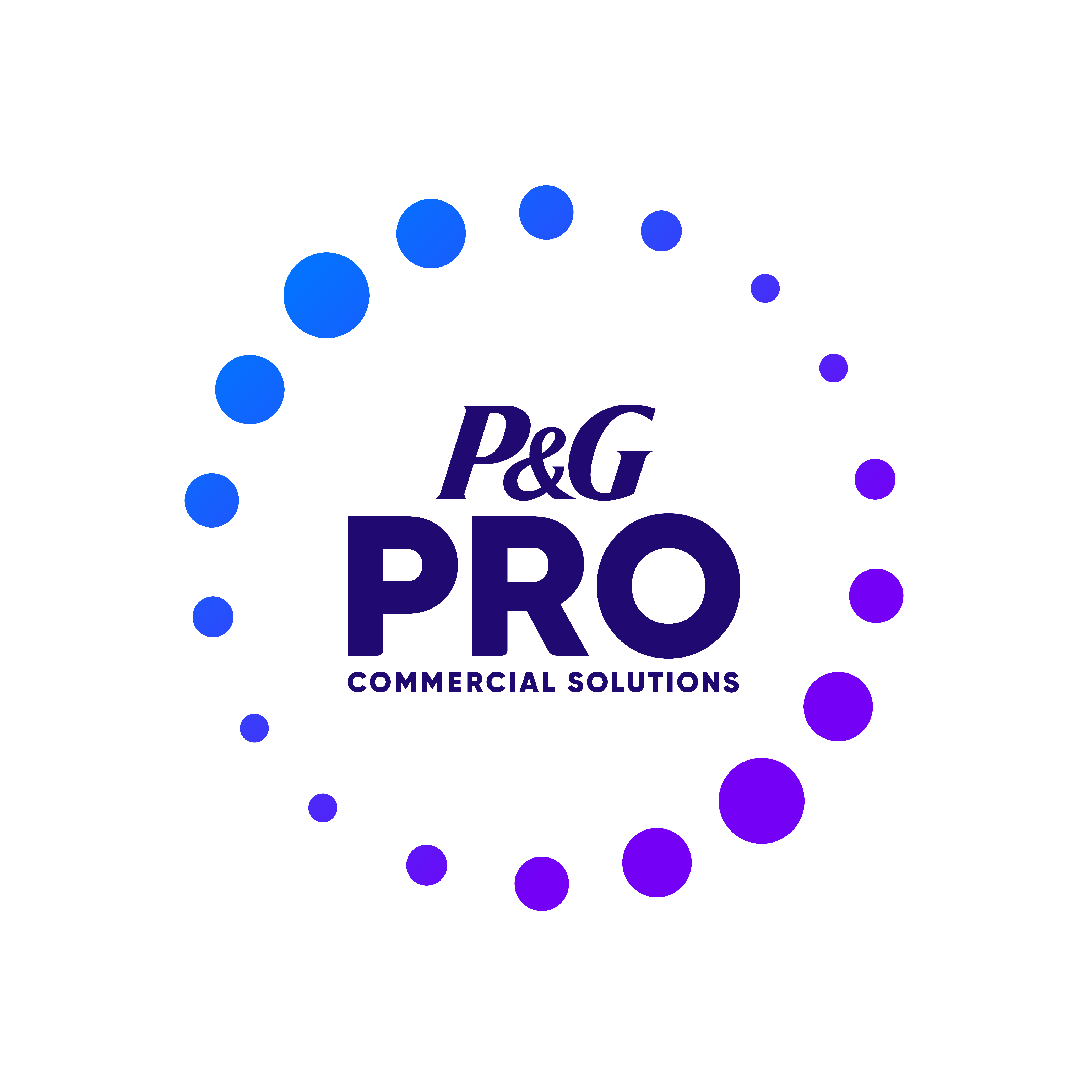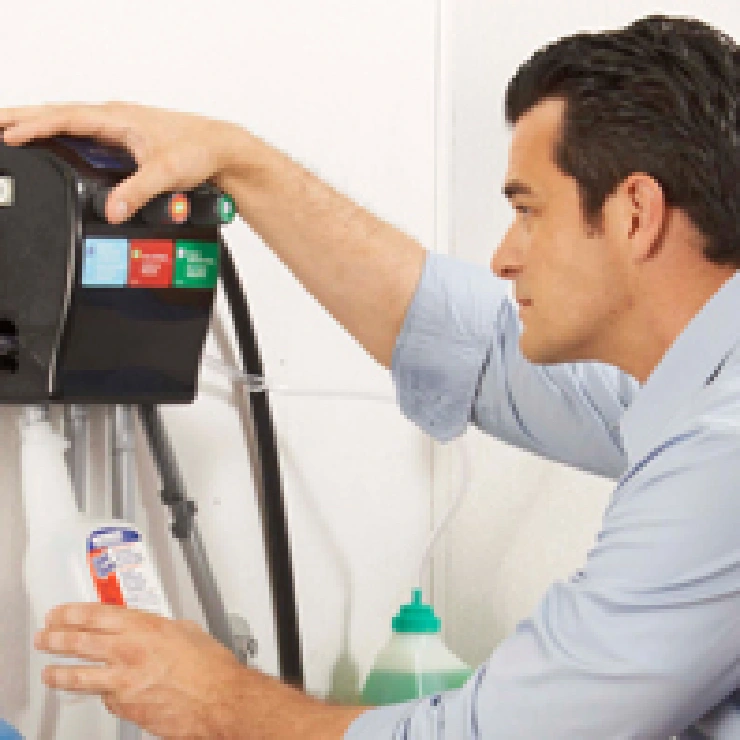Employees who handle chemicals must be trained on the chemicals they are using per Globally Harmonized System of Classification and Labeling of Chemicals (GHS), and P&G Professional™ is here to help.
GHS
What is GHS?
OSHA revised its Hazard Communication Standard (HCS) to align with the United Nations’ Globally Harmonized System of Classification and Labeling of Chemicals (GHS). Employers must train employees on new label elements and standardized format for Safety Data Sheets (SDSs).
Exclamation Mark
Irritant (skin & eye), Acute Toxicity (harmful), Skin Sensitizer, Narcotic Effects, Respiratory Tract Irritant, and/or Hazardous to Ozone Layer (Non-Mandatory)
Flame Over Ball
Oxidizers
Environment (Non-Mandatory)
Aquatic Toxicity
Exploding Bomb
Explosives, Self-Reactives, and/or Organic peroxides
Health Hazard
Carcinogen, Respiratory Sensitizer, Mutagenicity, Target Organ Toxicity, Reproductive Toxicity, Aspiration Toxicity
Corrosion
Skin Corrosion/Burns Eye Damage Corrosive to Metals
Glass Cylinder
Gases Under Pressure
Flame
Flammable, Self-Reactives (flammable), Pyrophorics, Self Heating, Emits Flammable Gas, Organic Peroxides
Skull & Crossbones
Acute Toxicity (fatal or toxic)
OSHA Resources
Occupational Safety and Health Administration (OSHA) was created to ensure safe and healthful working conditions for working men and women by setting and enforcing standards and by providing training, outreach, education and assistance.
In order to ensure chemical safety in the workplace, information about the identities and hazards of the chemicals must be available and understandable to workers. OSHA's Hazard Communication Standard (HCS) is now aligned with the Globally Harmonized System of Classification and Labeling of Chemicals (GHS).
View more resources on these topics on OSHA's Website or download them here.FAQs
Please note that OSHA maintains the most up-to-date information on GHS and may have a more comprehensive list of the latest frequently asked questions. Please visit OSHA for more information.







